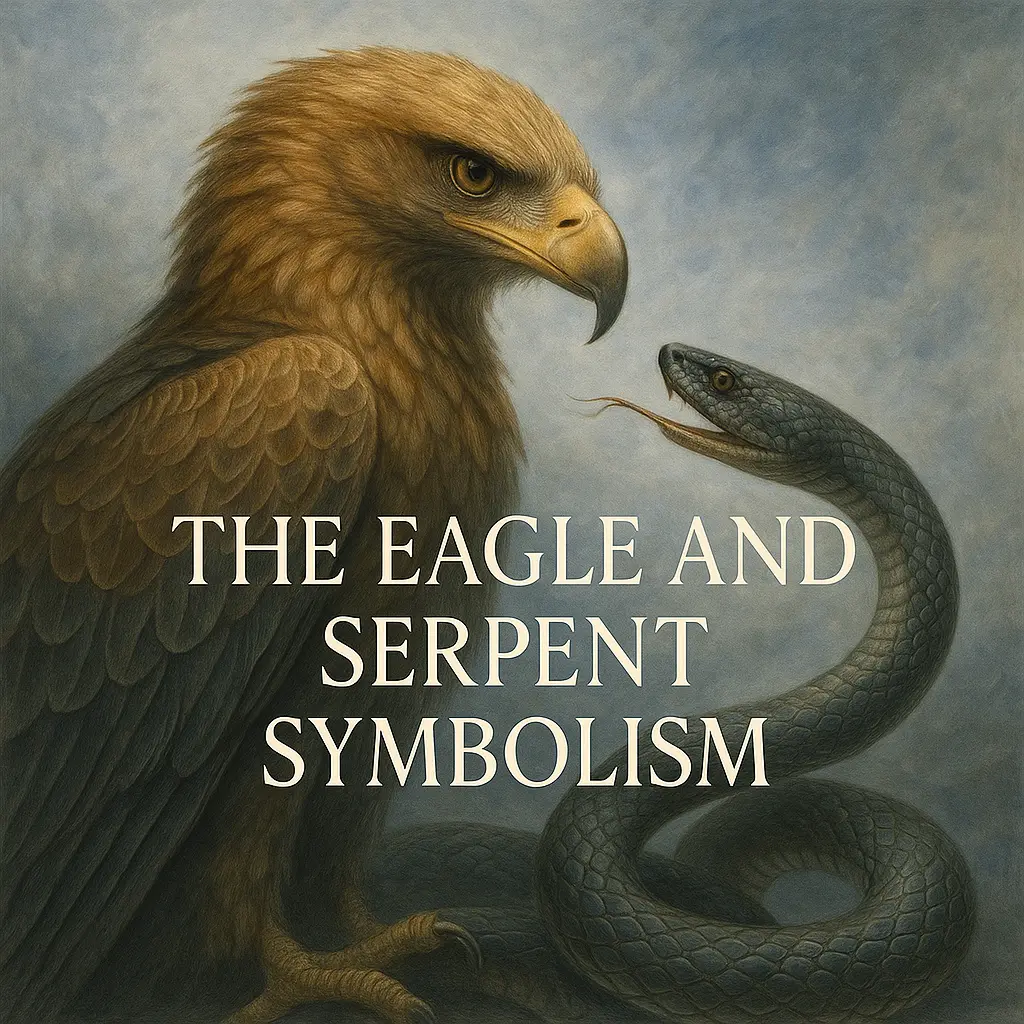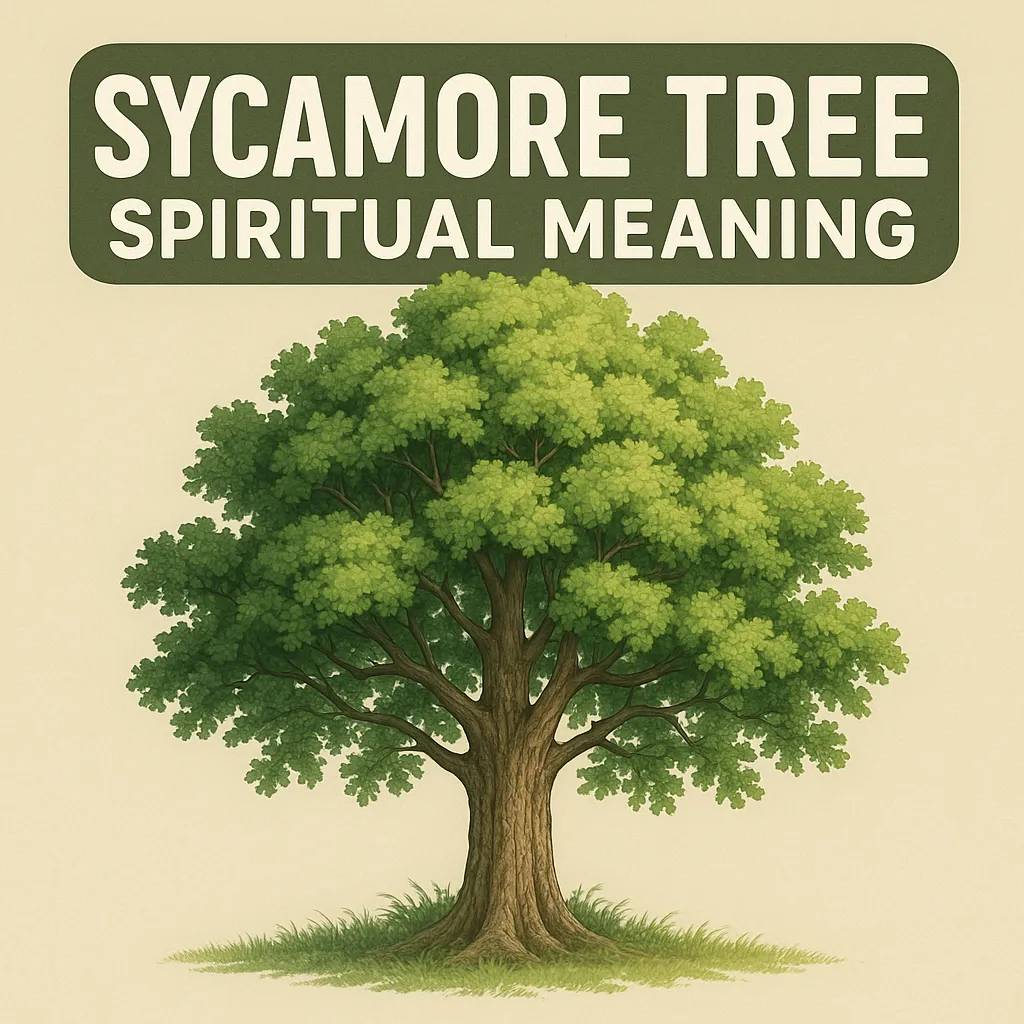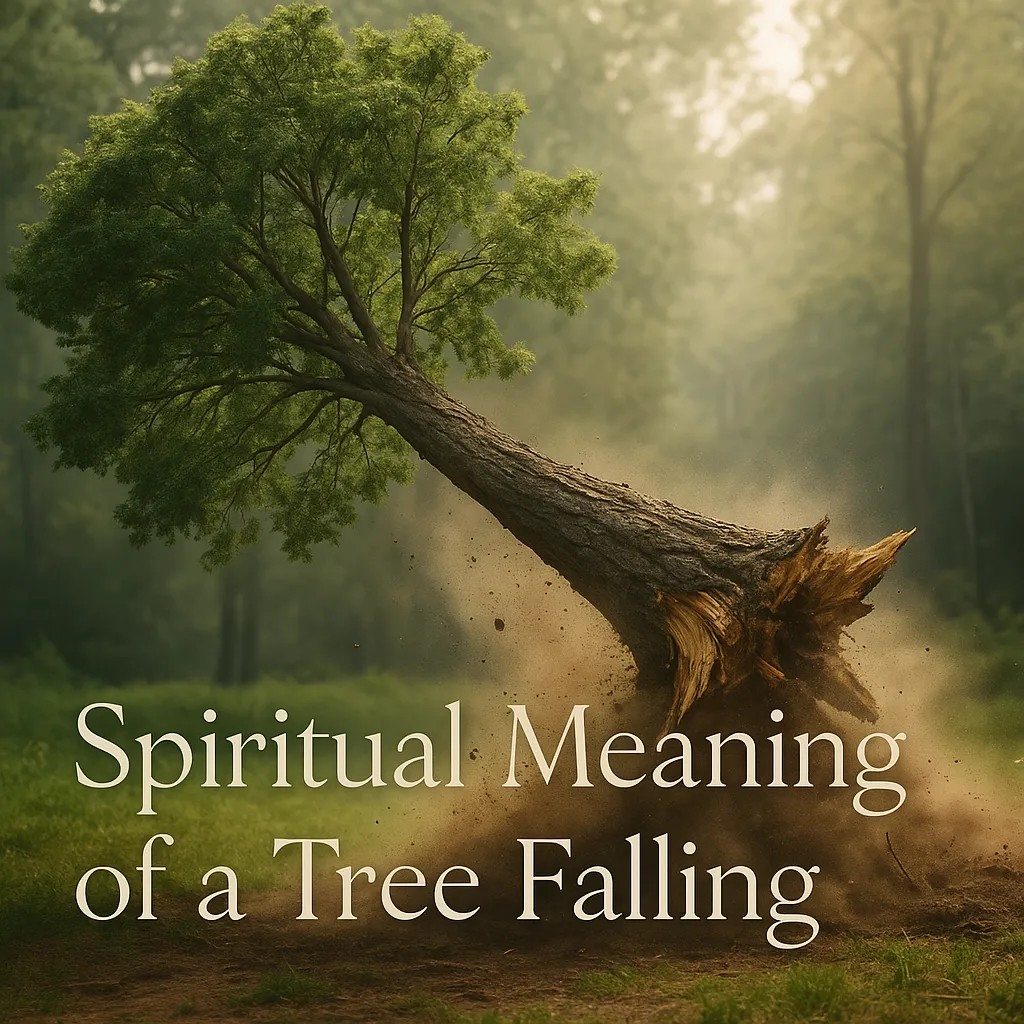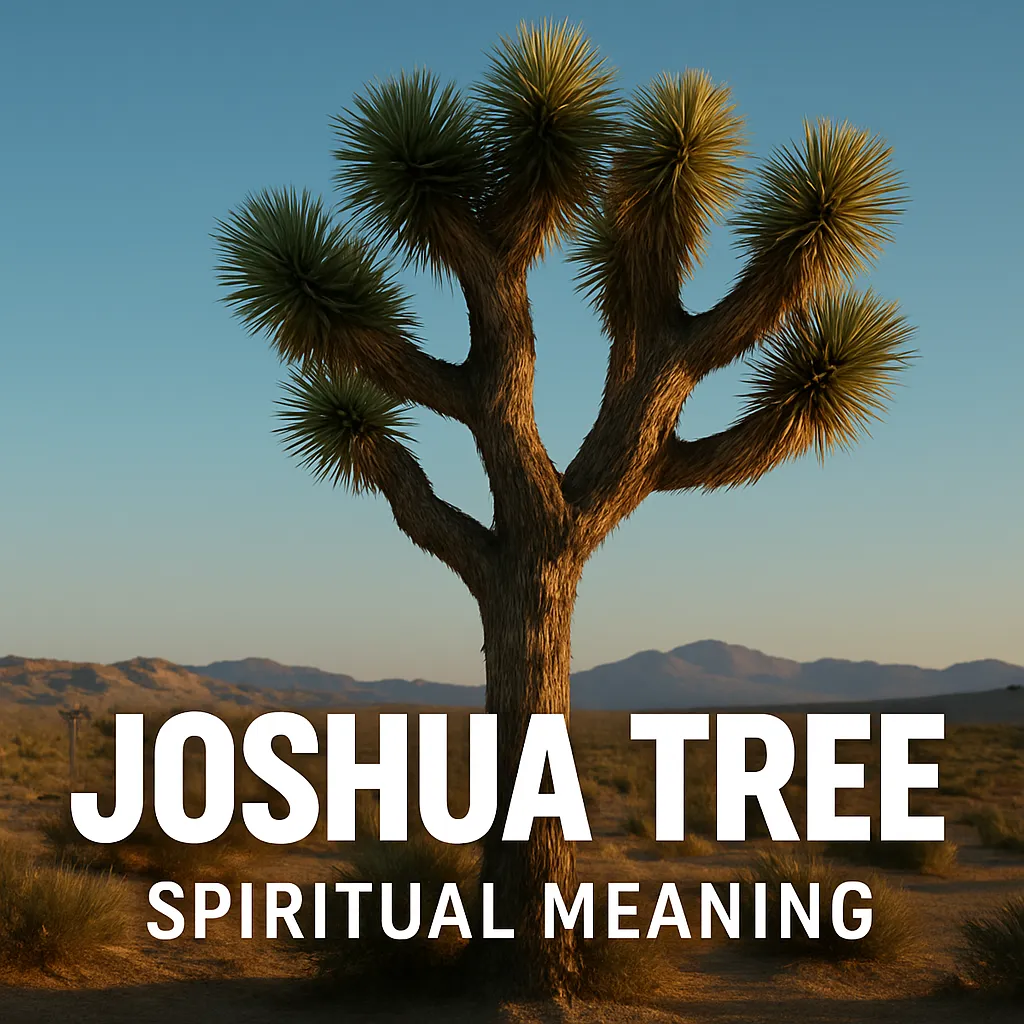Have you ever noticed how some symbols seem to follow us across cultures and centuries—like they’re whispering a hidden truth just beneath the surface? The eagle and the serpent are two such symbols. You’ll find them carved into ancient temples, featured in national flags, and woven into myths from the Aztecs to the Greeks. But why these two animals? And why do they so often appear together—as rivals, opposites, or even partners?
In this post, we’ll explore how the eagle and serpent represent much more than just predator and prey. They mirror our deepest human tensions: sky and earth, thought and instinct, spirit and flesh. Understanding this symbolic pairing isn’t just about ancient myths—it’s about unlocking insights into how we navigate power, wisdom, and balance in our own lives today.
Table of Contents
- 1 Key Takeaways
- 2 The Universal Dichotomy: Sky and Earth in Perfect Balance
- 3 Eagle Symbolism Across Traditions
- 4 Serpent Symbolism Through the Ages
- 5 Eagle and Serpent in World Mythologies
- 6 The Eagle and Serpent in Biblical and Christian Tradition
- 7 The Alchemical Marriage: When Eagle Meets Serpent
- 8 Practical Applications: Working with Eagle and Serpent Energy
- 9 Eagle and Serpent in Modern Spirituality
- 10 The Dance Continues
- 11 FAQ
- 11.1 What is the spiritual meaning of eagle and serpent symbolism?
- 11.2 How is the eagle and serpent interpreted in Christianity?
- 11.3 What does the Bible say about eagles and serpents?
- 11.4 What does an eagle and snake tattoo represent?
- 11.5 Is there a famous eagle and snake story?
- 11.6 What’s unique about traditional eagle and snake tattoo designs?
- 11.7 What do eagles and snakes represent in the Bible?
- 11.8 What does a bird carrying a snake symbolize?
- 12 Sources
Key Takeaways
- The eagle and serpent represent the fundamental cosmic duality between heaven and earth, transcendence and embodiment.
- Across diverse spiritual traditions, this symbolism reveals the necessary balance of opposing forces for spiritual wholeness.
- In Christian and Biblical contexts, these symbols contain nuanced meanings beyond simple good versus evil polarities.
- Working with eagle and serpent imagery offers practical tools for personal transformation and integration of higher and lower aspects of consciousness.
- Understanding these ancient archetypes provides a symbolic language that bridges cultural divides and speaks to universal human experiences.
The Universal Dichotomy: Sky and Earth in Perfect Balance
The eagle soars through boundless skies while the serpent slides along the ground—a visual metaphor so powerful that cultures worldwide recognized it as the perfect representation of cosmic duality. This fundamental opposition appears in virtually every spiritual tradition not as a battle between good and evil, but as complementary forces necessary for existence itself.
In the heights, the eagle represents aspiration, vision, and transcendence. In the depths, the serpent embodies wisdom, renewal, and life force. Together, they form what Carl Jung might call a “reconciliation of opposites”—the integration of seemingly contradictory aspects of reality into a greater whole.
This duality mirrors our lived experience as humans. We exist at the intersection of matter and spirit, constantly seeking to balance our earthly needs with our heavenly aspirations. The ancient Toltecs understood this perfectly when they created Quetzalcoatl, the feathered serpent deity who unified these opposing forces into a single divine being.
The eagle-serpent dynamic reveals a profound truth: spiritual wholeness comes not from rejecting one aspect of existence for another, but from honoring both. The spiritual seeker who neglects earthly wisdom for heavenly transcendence risks becoming ungrounded. Similarly, one who remains fixated on material concerns without upward vision may never experience liberation.
Eagle Symbolism Across Traditions
The eagle stands as perhaps the most universally revered bird across human cultures, consistently associated with divinity, royalty, and supreme spiritual authority. Its ability to soar higher than any other bird naturally connected it to solar deities and heavenly realms.
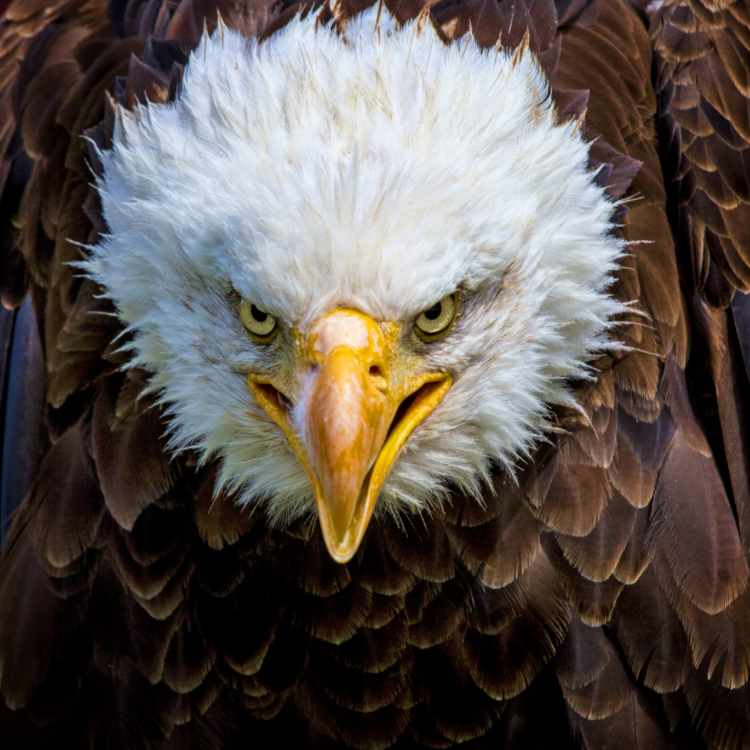
The Solar Messenger
In Greek mythology, the eagle served as Zeus’s divine messenger, carrying his thunderbolts and acting as an extension of his power. Native American traditions similarly view the eagle as a messenger carrying prayers to the Creator. The Aztecs associated the eagle with Tonatiuh, their sun god, believing eagles carried the sun across the sky each day.
This connection to solar energy is no coincidence. The eagle’s ability to gaze directly at the sun without damage (a belief held by many ancient cultures) symbolized its unique capacity to commune with divine light and truth.
Vision and Perspective
The eagle’s exceptional eyesight—able to spot prey from astonishing distances—made it a natural symbol for wisdom, foresight, and clarity of vision. This physical attribute translated into spiritual metaphor: the capacity to see beyond ordinary perception into higher realms of understanding.
In shamanic traditions, eagle medicine represents the ability to rise above mundane concerns to gain a broader perspective on life’s challenges. The eagle sees patterns invisible from ground level, just as spiritual wisdom reveals hidden connections in life’s apparent chaos.
Transcendence and Liberation
Across traditions, the eagle represents the soul’s journey toward freedom and transcendence. In Hindu mythology, Garuda—the eagle mount of Vishnu—symbolizes the soul’s liberation from the cycle of rebirth. The eagle feather in Native American ceremonies similarly represents spiritual ascension and connection to higher realms.
This transcendent quality makes the eagle a powerful initiatory symbol, representing the spiritual seeker’s journey from limited earthly consciousness toward expanded awareness.
Serpent Symbolism Through the Ages
If the eagle represents transcendence, the serpent embodies immanence—the divine made manifest in the physical world. Often misunderstood and feared, the serpent carries some of humanity’s most ancient and profound spiritual wisdom.
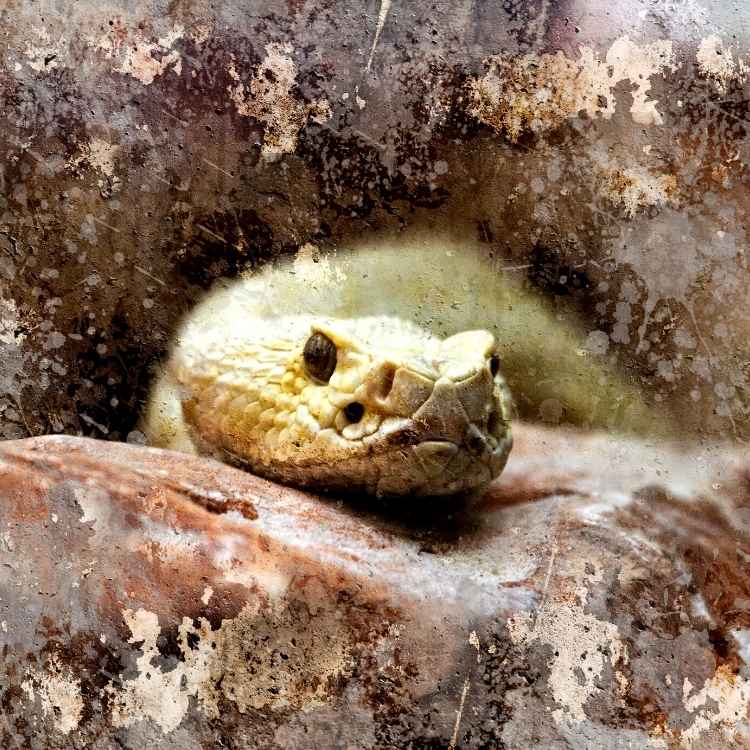
Wisdom Keeper
Contrary to its demonization in some traditions, the serpent originally represented sacred knowledge and wisdom. The serpent who offered fruit from the Tree of Knowledge in Eden reflects this older understanding—not as tempter, but as initiator into higher consciousness.
In Greek tradition, the serpent wrapped around the staff of Asclepius (the Rod of Asclepius) represented healing wisdom. Similarly, kundalini energy in yogic traditions is depicted as a serpent coiled at the base of the spine, containing tremendous spiritual potential and wisdom.
Renewal and Rebirth
The snake’s ability to shed its skin made it a universal symbol of transformation, renewal, and rebirth. The Ouroboros—the serpent devouring its own tail—represents the eternal cycle of death and rebirth that governs cosmic existence.
This shedding symbolism resonates deeply with human experience. We too must periodically shed outgrown beliefs, relationships, and self-concepts to grow into new versions of ourselves. The serpent teaches that transformation requires releasing the old to embrace the new.
Life Force Energy
In many traditions, serpents represent the raw creative energy that animates existence. The kundalini serpent in Hindu tradition embodies the primal life force that, when awakened, rises through the chakras to produce spiritual enlightenment.
This association with life energy explains why serpents appear in healing iconography worldwide. Their connection to the earth makes them channels for telluric energy—the vital force that flows through the natural world and sustains all life.
Eagle and Serpent in World Mythologies
The dynamic interplay between eagle and serpent appears in mythological systems worldwide, each tradition bringing unique insights to this universal symbolism.
Mesoamerican Foundations
Perhaps the most famous eagle-serpent imagery comes from Mesoamerica, where it formed the foundation myth of the Aztec civilization. According to legend, the wandering Mexica people were instructed to build their city where they witnessed an eagle perched on a cactus, devouring a serpent—the site that became Tenochtitlan (modern Mexico City).
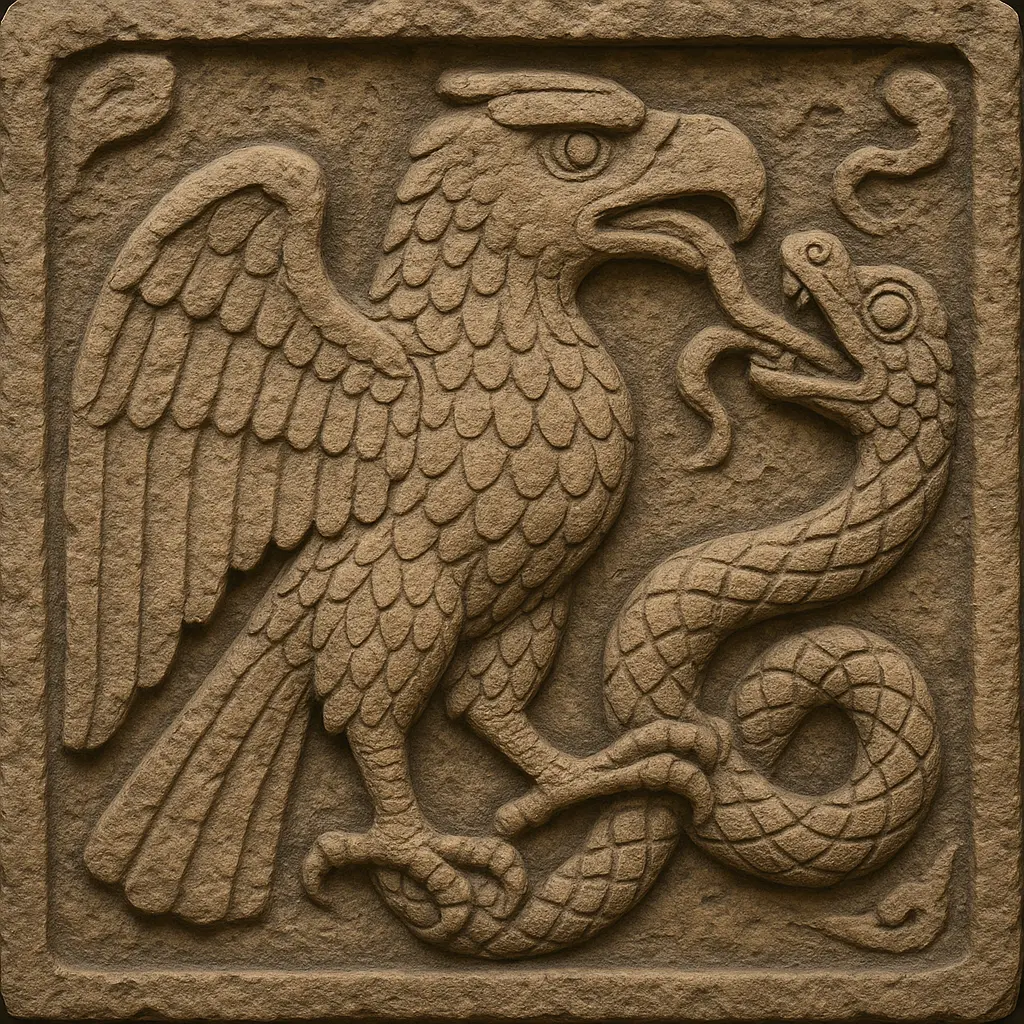
This image, which appears on the Mexican flag today, represents the triumph of solar, celestial forces (eagle) over terrestrial, watery powers (serpent). Yet in the form of Quetzalcoatl, the feathered serpent deity, these energies merge into a unified whole representing cosmic wisdom.
Norse Cosmology
In Norse mythology, the World Tree Yggdrasil connects nine worlds and forms the axis of existence. At its crown perches Hraesvelgr, the corpse-swallower eagle, while at its roots dwells Nidhogg, the serpent who gnaws at the tree’s foundations. Between them runs Ratatoskr, a squirrel carrying insults between the two, maintaining cosmic tension.
This vertical arrangement perfectly illustrates the cosmic polarity between heaven and earth, with the tree itself—representing life and manifestation—sustained by the dynamic tension between these opposing forces.
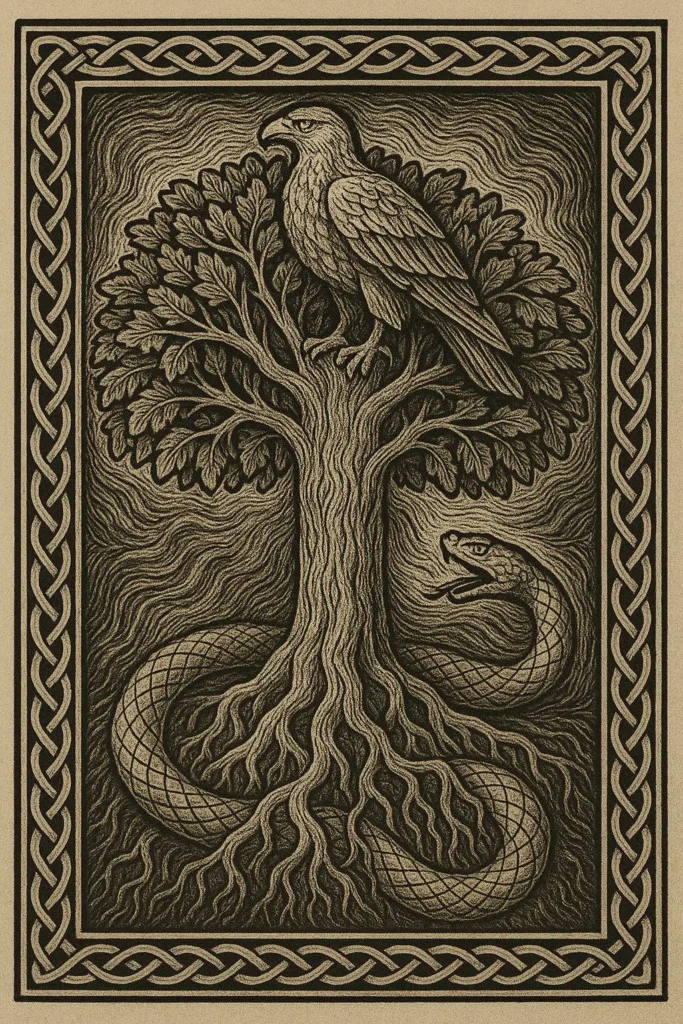
Hindu Tradition
The Hindu tradition gives us Garuda, the eagle mount of Vishnu, locked in eternal conflict with the Nagas, serpent deities associated with water and the underworld. Garuda’s birth story involves freeing his mother from slavery to the serpents, for which he must steal the elixir of immortality from the gods.
This narrative speaks to the battle between spiritual aspiration (Garuda) and attachment to material existence (the serpents). Yet interestingly, Garuda doesn’t destroy the serpents but reaches an accommodation with them—suggesting these forces must ultimately find balance rather than elimination.
The Eagle and Serpent in Biblical and Christian Tradition
Within Judeo-Christian traditions, eagle and serpent symbolism carries complex and sometimes contradictory meanings that go beyond simple attributions of good and evil.
Serpent in Eden
The serpent in the Garden of Eden is traditionally interpreted as Satan in disguise, tempting humanity away from divine obedience. Yet deeper readings suggest a more nuanced role: the serpent as catalyst for human consciousness and moral autonomy. Without the serpent’s intervention, humans might have remained in a state of childlike innocence rather than developing the knowledge necessary for spiritual growth.
This perspective on eagle and serpent symbolism in Christianity acknowledges that challenging divine order—while appearing sinful—may sometimes be necessary for spiritual evolution.

Eagle as Divine Protection
Throughout the Bible, the eagle represents divine protection and providence. In Exodus 19:4, God tells Moses: “You yourselves have seen what I did to Egypt, and how I carried you on eagles’ wings and brought you to myself.” Isaiah 40:31 offers the famous promise that “those who hope in the Lord will renew their strength. They will soar on wings like eagles.”
These passages reveal the eagle’s symbolic connection to spiritual renewal and divine care, offering a positive counterpoint to the more ambivalent serpent imagery in eagle and serpent symbolism in the Bible.
The Healing Serpent
One of the most fascinating instances of Biblical serpent symbolism appears in Numbers 21:8-9, when God instructs Moses to craft a bronze serpent on a pole. When the Israelites who had been bitten by venomous snakes looked upon this bronze serpent, they were healed.
This healing serpent (called Nehushtan) presents a dramatic counterpoint to the Eden narrative, suggesting the serpent’s power can be transformed from destructive to regenerative when properly channeled. In John 3:14-15, Jesus explicitly connects this serpent imagery to his own crucifixion: “Just as Moses lifted up the snake in the wilderness, so the Son of Man must be lifted up.”
The Alchemical Marriage: When Eagle Meets Serpent
Medieval alchemists recognized that the true spiritual gold emerged not from the victory of one force over another, but from their harmonious union. They called this process the coniunctio oppositorum—the conjunction of opposites—symbolized by the marriage of the eagle and serpent.
The Caduceus Mystery
The caduceus—two serpents intertwined around a winged staff—represents the ultimate integration of eagle and serpent energies. Originally associated with Hermes/Mercury, messenger between worlds, this symbol later became associated with healing and medicine.
The caduceus illustrates the alchemical principle perfectly: the serpentine energies (representing opposing forces like acid and alkali, male and female, conscious and unconscious) rise together in harmony, balanced by the wings of transcendent awareness at the top.

Psychological Integration
Carl Jung interpreted eagle-serpent symbolism as representing the integration of consciousness (eagle) with the unconscious (serpent). In this psychological framework, spiritual growth requires both upward aspiration and downward exploration into shadow material.
The person who focuses exclusively on “higher” consciousness while neglecting the “lower” realms of instinct, emotion, and embodiment risks spiritual bypass and psychological fragmentation. True wholeness comes from embracing both aspects of our nature.
The Ouroboros Connection
The Ouroboros—serpent devouring its own tail—represents completion of the alchemical process. When consciousness (eagle) fully embraces and integrates the unconscious (serpent), a self-perpetuating cycle of renewal and transformation emerges.
This symbol appears across many traditions, from ancient Egypt to Norse mythology, always representing the cyclical nature of existence and the unity underlying apparent duality. The serpent consuming itself creates a circle—symbol of wholeness and eternity—mirroring the spiritual journey’s ultimate destination.
Practical Applications: Working with Eagle and Serpent Energy
Beyond their historical and theoretical significance, eagle and serpent symbolism offers practical tools for spiritual development and psychological integration.
Meditation Techniques
Garuda Visualization meditation helps balance opposing energies in your consciousness. Begin seated in a comfortable position, imagining a golden eagle hovering above your head while a coiled serpent rests at the base of your spine. As you inhale, visualize serpent energy (kundalini) rising upward through your chakras. As you exhale, imagine eagle wings extending from your heart, lifting your awareness higher.
Quetzalcoatl breathwork integrates these polarities through alternating nostril breathing. Cover your right nostril and inhale through the left (“serpent” energy—cooling, receptive, intuitive). Then cover your left nostril and exhale through the right (“eagle” energy—warming, active, rational). Continue for several minutes, focusing on the balancing of these complementary forces.
Dream Interpretation
Eagles appearing in dreams often represent spiritual insight, freedom, or connection to higher wisdom. They might appear when you’re ready to gain broader perspective on a situation or transcend limitations.
Serpents in dreams typically connect to transformation, hidden wisdom, or kundalini awakening. Their appearance might signal that unseen forces are at work beneath the surface of consciousness, or that you’re ready to shed an outgrown aspect of yourself to embrace renewal.
When both appear together, this suggests a powerful integration process is underway, unifying conscious and unconscious aspects of yourself.
Personal Growth Work
The eagle-serpent dynamic offers a valuable framework for personal development. Eagle energy encourages us to cultivate vision, aspiration, and higher perspective, while serpent energy invites us to honor instinct, embodiment, and the wisdom of the earth.
Consider where you might be overemphasizing one energy at the expense of the other. Do you soar in intellectual or spiritual pursuits while neglecting physical needs and emotional grounding? Or are you so focused on practical matters that you’ve lost sight of larger purpose and meaning? True wisdom comes from balancing these complementary forces.
Eagle and Serpent in Modern Spirituality
Contemporary spiritual seekers continue to find meaning and guidance in these ancient symbols, adapting them to modern contexts while honoring their traditional roots.
Tattoo Symbolism
The eagle and snake tattoo has become increasingly popular as a symbol of personal transformation and integration. Traditional designs often show the eagle clutching the serpent in its talons, representing the triumph of consciousness over unconscious forces or spirit over matter.
More nuanced interpretations incorporate both creatures in a balanced composition, suggesting the harmonious relationship between these energies. The eagle and snake tattoo traditional style often draws from American traditional tattooing, with bold lines and limited color palettes creating a powerful visual impact.

Contemporary Shamanic Practices
Modern shamanic practitioners work with eagle and serpent as spirit guides representing complementary paths of knowledge. Eagle medicine involves journeying to upper worlds for vision and guidance, while serpent medicine involves connecting with the lower world for healing and ancestral wisdom.
Many practitioners emphasize that true spiritual development requires working with both energies rather than prioritizing one over the other. This balanced approach honors the bird carrying snake meaning as a symbol of integrated consciousness that embraces both transcendent and immanent aspects of divinity.
Environmental Connection
As keystone species in their respective ecosystems, both eagles and serpents serve as powerful conservation symbols. Their relationship in nature—sometimes as predator and prey, sometimes as inhabitants of different ecological niches—mirrors the complex interdependence of all life.
Environmental spirituality often draws on eagle and serpent symbolism to represent the necessary balance between different aspects of nature. When we honor both creatures, we recognize that ecosystems depend on the harmonic relationship between diverse species and energies.
Summary Table: Eagle vs. Serpent Symbolism
| Aspect | Eagle | Serpent |
|---|---|---|
| Element | Air, Fire | Earth, Water |
| Realm | Sky, Spirit, Divine | Earth, Underworld, Material |
| Attributes | Power, Vision, Nobility, Victory | Wisdom, Rebirth, Knowledge, Deception |
| Typical Role | Hero, God, Ruler | Adversary, Healer, Earth Mother, Trickster |
| Duality | Spirit, Order | Matter, Chaos |
| Combined Meaning | Struggle or union of opposites; cosmic balance | Struggle or union of opposites; cosmic balance |
The Dance Continues
As the sun sets behind the mesa, the eagle and serpent have long since disappeared from view. Yet their ancient dance continues—not just in the physical world, but in the landscape of human consciousness. These primordial symbols speak to something fundamental about our existence: the eternal interplay between heaven and earth, between transcendent awareness and embodied wisdom.
Their story reminds us that spiritual wholeness comes not from rejecting one force in favor of another, but from honoring both. The eagle without the serpent becomes ungrounded, lost in abstract ideals. The serpent without the eagle remains earthbound, unable to transform its wisdom into higher understanding.
Perhaps this is why these symbols persist across cultures and millennia. They speak to the universal human experience of existing between worlds—feet on the earth, gaze toward the heavens. In embracing both eagle and serpent aspects of ourselves, we recognize our nature as bridges between realms, integrating matter and spirit into lived wisdom.
The next time you witness an eagle soaring overhead or glimpse a serpent moving through grass, remember: you are witnessing more than mere creatures. You are seeing ancient archetypes that have guided humanity’s spiritual understanding since we first raised our eyes to the sky while keeping our feet firmly planted on the earth.
FAQ
What is the spiritual meaning of eagle and serpent symbolism?
Eagle and serpent symbolism spirituality represents the union of opposites—heaven and earth, spirit and matter, transcendence and immanence. These creatures embody complementary forces that, when integrated, create spiritual wholeness. The eagle represents vision and divine connection, while the serpent symbolizes wisdom and life force energy.
How is the eagle and serpent interpreted in Christianity?
Eagle and serpent symbolism Christianity contains nuanced meanings. While the serpent often represents temptation (as in Eden), it also appears as a healing symbol (Moses’ bronze serpent). The eagle symbolizes divine protection, spiritual renewal, and is associated with St. John the Evangelist, representing the highest spiritual vision.
What does the Bible say about eagles and serpents?
Eagle and serpent symbolism Bible references include Isaiah 40:31, where those who trust in God “will soar on wings like eagles,” and Numbers 21:8-9, describing the healing bronze serpent. Jesus references this serpent symbolism in John 3:14-15, comparing his crucifixion to Moses lifting the serpent in the wilderness.
What does an eagle and snake tattoo represent?
An eagle and snake tattoo typically symbolizes the struggle between opposing forces—higher consciousness versus primal instincts, freedom versus limitation, or spiritual versus material concerns. Modern interpretations often emphasize integration and balance between these forces rather than the triumph of one over another.
Is there a famous eagle and snake story?
The most famous eagle and snake story comes from Aztec mythology, where the wandering Mexica people were told to build their city where they saw an eagle perched on a cactus devouring a serpent—the site that became Tenochtitlan (modern Mexico City). This image appears on the Mexican flag today.
What’s unique about traditional eagle and snake tattoo designs?
Eagle and snake tattoo traditional designs typically feature bold outlines, limited color palettes, and dynamic composition showing the eagle with wings spread, talons gripping the writhing serpent. These designs draw from American traditional tattooing, emphasizing readability and powerful symbolic impact through simplified forms.
What do eagles and snakes represent in the Bible?
In eagle and snake Bible symbolism, eagles represent divine protection, spiritual renewal, and transcendent perspective. Snakes have dual symbolism—representing both temptation/evil (Genesis) and divine healing (Numbers). Together, they illustrate the complex spiritual journey from fallen nature toward redemption and higher consciousness.
What does a bird carrying a snake symbolize?
A bird carrying snake meaning typically represents the triumph of heavenly forces (bird) over earthly or underworld powers (snake). In Mesoamerican tradition, it symbolizes divine guidance and the founding of civilization. In psychological terms, it suggests consciousness carrying and integrating unconscious material toward transformation.
